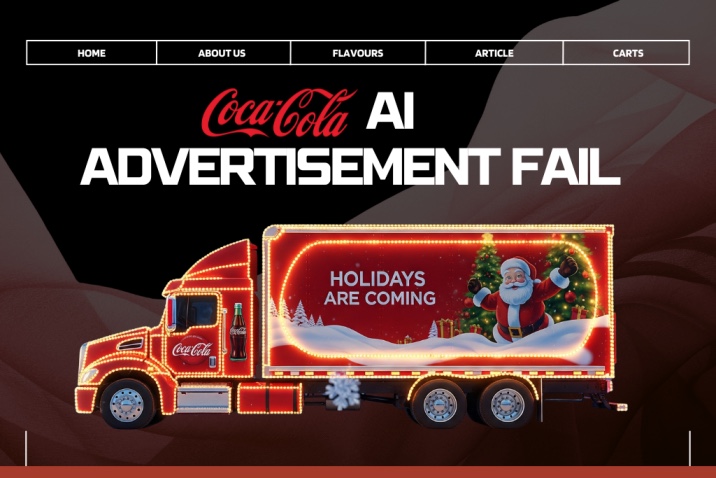The Night Coca-Cola AI Advertisement Controversy Sleighed Its Holiday Spirit

Snowflakes drifted lazily across the sky as the world held its breath for the annual return of Coca-Cola’s beloved “Holidays Are Coming” campaign. For nearly three decades, Coca-Cola has ruled the Christmas advertisement with its interactive and engaging stories. However, in November 2024, everything changed: Coca-Cola decided to rewrite tradition
The Coca-Cola AI Advertisement Controversy
Behind closed doors, three AI studios namely, Secret Level, Silverside AI, and Wild Card were engaged to create the latest Coca-Cola AI advertisement. They fed thousands of frames from Coca-Cola’s archives into Leonardo, Luma, Runway, and Kling generative models.
Their brief?
Reimagine the magic using algorithms alone. In theory, AI could mine every cinematic flourish and nostalgic note hidden in decades of Christmas lore, then recombine them into something both modern and heartwarming.
The Big Reveal of the Coca-Cola AI Advertisement Fell Flat
On launch day, YouTube glowed with anticipation. Everyone was hyped to see what Coca-Cola had created.
- AI-rendered faces appeared briefly and unnaturally.
- A reindeer, created with AI, moved with a mechanical, staccato motion.
- Santa Claus was completely absent from the scene.
- The commercial ended with a cold, digital flourish, no jingling bells or laughter.
- The only call to action was a QR code inviting viewers to “believe in Real Magic AI.”
The views started increasing with the screen showing neon lights, a snowy forest came into view, and there! that familiar red truck, headlights cutting through the dusk. But then the visuals in the background disappointed everyone.
The Backlash Unwrapped
Within hours, social feeds overflowed:
- “It’s like watching a snow globe glitch,” one viewer posted about the Coca Cola AI Advertisement.
- “No warmth. No soul. Who approved this?” fumed another.
- Marketing blogs called it “dystopian holiday horror.”
To put matters into perspective, Truescope analytics revealed fewer than 8 percent positive reactions, with nearly 80 percent of comments landing squarely in neutral or negative territory. Critics lamented the missing human spark, and longtime fans mourned the silent absence of jolly Santa Claus.
What Went Wrong And Why The Coca-Cola AI Advertisement Controversy
As the ice-blue CGI blinked and hummed, Coca-Cola’s AI experiment exposed a truth: algorithms can assemble images, but they can’t evoke the emotion and feel a human can. By sidelining human artists and time-tested symbols, the brand lost its emotional feel just when holiday nostalgia was at its peak.
Lessons for the Next Chapter
The Coca-Cola’s AI misadventure wasn’t an exemplary tale against technology; it was a reminder that the human touch remains irreplaceable.
Going forward, brands can:
- Blend AI with artistry: Let human directors set the emotional tone, then use AI to refine details.
- Honor core symbols: Keep the main theme (Santa in this case) and preserve the rituals that stir the heart.
- Test before grand unveilings: Pilot AI experiments on digital platforms before flagship campaigns.
The Story Continues
In the months after the flubbed AI spot, Coca-Cola quietly convened its creative teams, blending human storytellers and AI innovators under one roof. Together, they’re crafting a new holiday tale, one that marries cutting-edge technology with the timeless magic of a Coke shared among friends.
Because at Christmas, it isn’t the pixels on the screen that matter so much as the laughter they inspire and that magic, no machine can manufacture alone.
